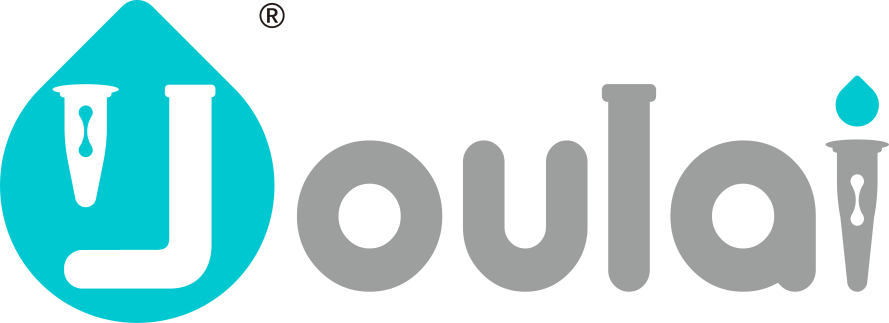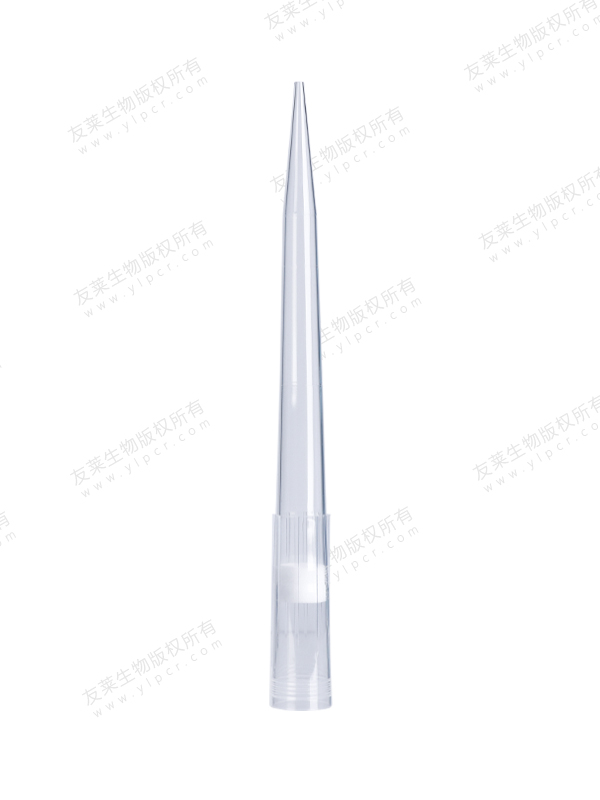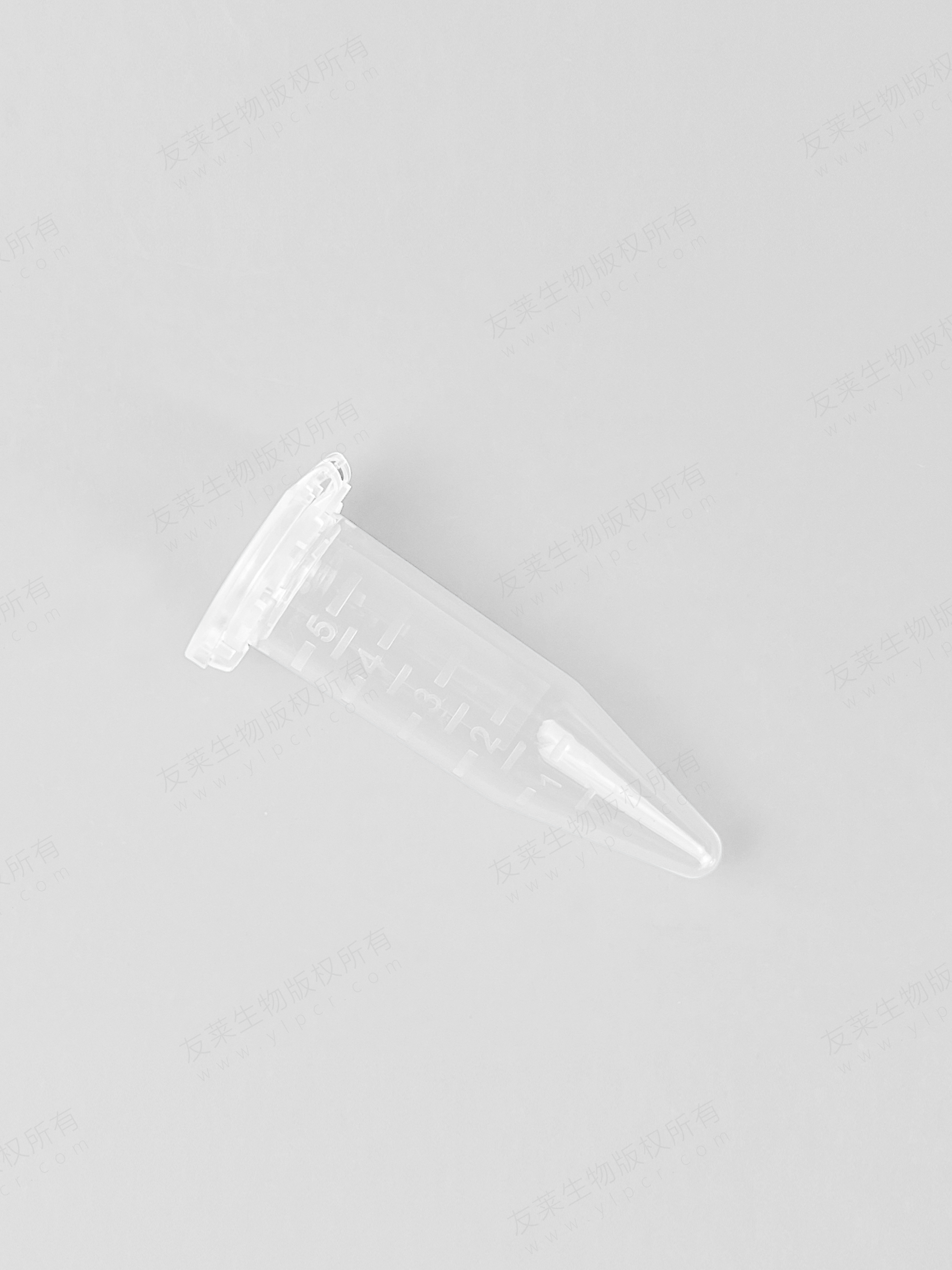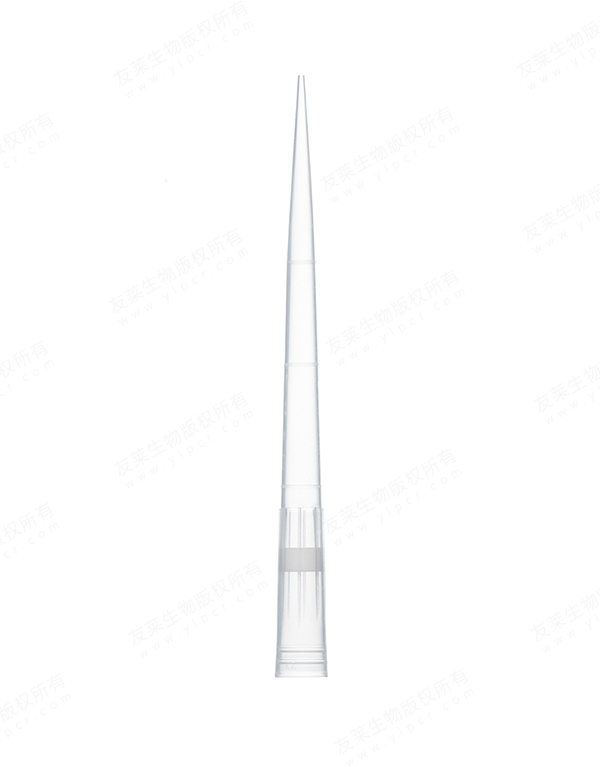Prepare the Pipette: Before use, ensure that the serological pipette is clean and free of any contaminants. If using a disposable pipette, open the packaging carefully to avoid damaging the tip. If using a reusable pipette, ensure that it has been properly cleaned and sanitized.
Select the Correct Pipette Size: Choose a serological pipette with a volume capacity appropriate for the amount of liquid you need to measure. Selecting the correct pipette size ensures accurate measurements and prevents overflow or underfilling.
Set the Volume: Adjust the volume setting on the pipette to the desired measurement. Most serological pipettes have an adjustable volume setting that allows you to control the amount of liquid aspirated and dispensed. Ensure that the volume setting is accurate and matches the intended volume.
Attach the Pipette Tip: If using a disposable pipette, attach a sterile pipette tip to the end of the pipette. Make sure the tip is securely attached to prevent leaks or spills during pipetting.
Aspirate the Liquid: Hold the serological pipette in an upright position and immerse the tip into the liquid solution to be measured. Depress the plunger to the first stop position to draw the liquid into the pipette tip. Avoid submerging the pipette tip too deeply to prevent sucking in air bubbles or contaminants.
Dispense the Liquid: Carefully transfer the liquid to the desired container by depressing the plunger to the second stop position. Hold the pipette vertically and touch the tip to the inside wall of the receiving vessel to ensure complete transfer of the liquid. Slowly release the plunger to dispense the liquid, and wait a few seconds before withdrawing the pipette to prevent dripping.
Expel any Residual Liquid: After dispensing the liquid, continue to depress the plunger slightly to expel any remaining liquid from the pipette tip. Avoid blowing out the liquid forcefully, as this can introduce air bubbles or cause splashing.
Clean and Store the Pipette: After use, clean the serological pipette according to laboratory protocols. For reusable pipettes, disassemble the pipette and wash the components thoroughly with soap and water or a cleaning solution. Rinse the pipette with distilled water and allow it to dry completely before storing it in a designated rack or holder.
Avoid Air Bubbles: To minimize the presence of air bubbles in the pipette tip, ensure that the tip is fully submerged in the liquid before aspirating. Slowly release the plunger if air bubbles are present to allow them to rise to the surface, then carefully expel the bubbles before dispensing the liquid.
Practice Consistency: Maintain consistent pipetting technique throughout the process to minimize variability in measurements. This includes consistent immersion depth, plunger depression speed, and angle of the pipette.
Pre-Wet the Pipette Tip: Before aspirating the liquid, pre-wet the pipette tip by drawing up and dispensing a small amount of the liquid. This helps ensure accurate measurements by reducing the potential for liquid adherence to the pipette tip, which can affect volume accuracy.
Use Reverse Pipetting for Viscous Liquids: For viscous or dense liquids that may cling to the pipette tip, consider using the reverse pipetting technique. This involves aspirating a volume slightly larger than needed, dispensing the excess, and then dispensing the desired volume. Reverse pipetting can help improve accuracy when working with challenging liquids.

 English
English русский
русский 中文简体
中文简体




